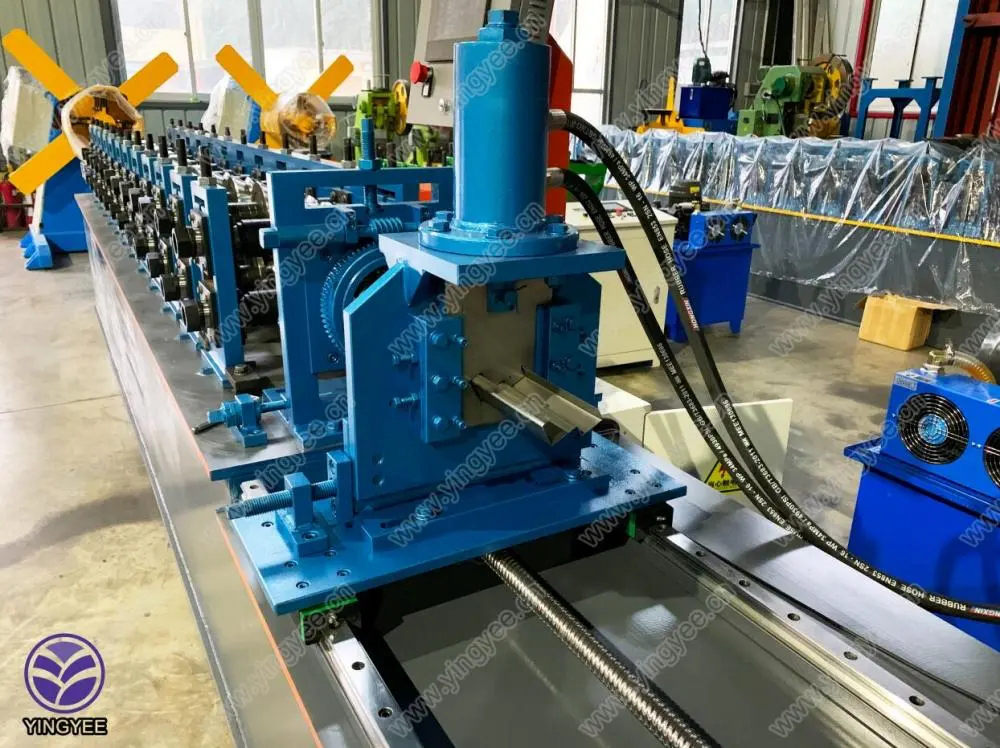
Ceiling T Bar Roll Forming Machine Revolutionizing Modern Construction
In the realm of modern construction and interior design, the installation of suspended ceilings has gained immense popularity. The key component in this architecture is the T-bar, which provides structural support and an attractive aesthetic finish. The innovation behind ceiling T bar roll forming machines has significantly transformed the production and installation of these essential components.
Ceiling T Bar Roll Forming Machine Revolutionizing Modern Construction
One of the main advantages of using a ceiling T bar roll forming machine is efficiency. Traditional methods of manufacturing ceiling grids often involve multiple tedious steps, including cutting, bending, and welding. In contrast, roll forming streamlines this process into a single continuous operation. By feeding metal coils into the machine, operators can produce T-bars at a rapid pace, significantly reducing labor costs and production time. Moreover, the automated nature of these machines minimizes human error, leading to fewer defects and rework.

Another benefit is the material versatility. Ceiling T bar roll forming machines can work with various metals, including galvanized steel, aluminum, and even specialty alloys. This flexibility allows manufacturers to respond to market demands and adapt to different environmental conditions. For instance, corrosion-resistant materials are preferred in humid areas, while lightweight metals may be chosen for their ease of installation and reduced structural load.
The integration of advanced technology, such as Computer Numerical Control (CNC), has further enhanced the capabilities of ceiling T bar roll forming machines. CNC systems enable precise control over dimensions and angles, facilitating the production of intricate designs that meet contemporary aesthetic trends. Additionally, these machines can be programmed for multiple runs, allowing for batch production that caters to large-scale projects without compromising quality.
In terms of sustainability, the roll forming process generates minimal waste compared to traditional cutting methods. The continuous feed of material means that off-cuts are significantly reduced, contributing to a more eco-friendly manufacturing process. Furthermore, the durability and longevity of the finished T-bars ensure that they will withstand the test of time, reducing the need for frequent replacements and contributing to a more sustainable built environment.
In conclusion, the ceiling T bar roll forming machine stands as a testament to innovation in the construction industry. Its ability to produce high-quality, precise, and sustainable ceiling components makes it an invaluable asset for manufacturers. As construction technologies continue to evolve, the role of these machines will undoubtedly grow, paving the way for more efficient and aesthetically pleasing interior design solutions. With the increasing emphasis on sustainability and efficiency, the future of ceiling T bar roll forming machines looks bright, promising a revolution in how we approach ceilings in modern architecture.